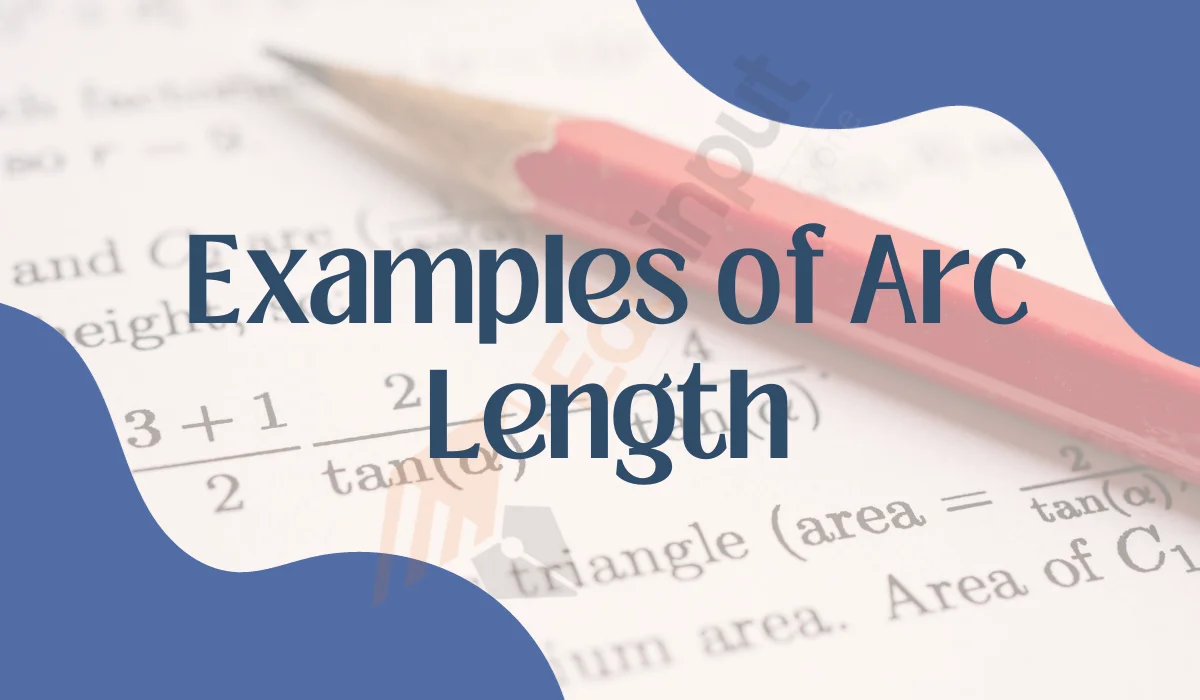10 Examples of Probability
Probability is a fundamental concept in mathematics that deals with the likelihood of events occurring. It plays a important role in various mathematical and real-world applications.
In this article, we will discuss ten examples of probability in mathematics.

Examples of Probability
These are 10 examples of probability.
1: Tossing a Fair Coin
One of the simplest examples of probability is flipping a fair coin. The probability of getting heads (H) or tails (T) is 0.5 for each outcome, assuming the coin is unbiased.
2: Rolling a Six-Sided Die
When rolling a standard six-sided die, each face (1 through 6) has an equal probability of 1/6 of landing face up. This illustrates the concept of equally likely outcomes.
3: Drawing Cards from a Deck
In a standard deck of 52 playing cards, the probability of drawing a specific card, say the Ace of Spades, is 1/52. The deck provides numerous scenarios to study probability.
4: Probability of Winning in Gambling
Probability is central to games of chance, such as poker, roulette, and slot machines. Players use probability to make informed decisions and assess their odds of winning.
5: Weather Forecasting
Meteorologists rely on probability models to predict weather conditions. They calculate probabilities for rain, sunshine, or other weather patterns based on historical data and current conditions.
6: Genetics and Probability
In genetics, probability helps predict the likelihood of inheriting specific traits or diseases. Punnett squares and pedigree analysis are tools that use probability to study genetics.
7: Risk Assessment in Insurance
Insurance companies use probability to assess risks and calculate premiums. They analyze data to estimate the likelihood of specific events, like accidents or illnesses, occurring to policyholders.
8: Data Analysis and Statistics
In statistical analysis, probability distributions, such as the normal distribution, are used to model data. This allows researchers to make predictions and draw conclusions from observed data.
9: Random Walks in Science
Random walks, where particles move randomly in space or time, are a common concept in physics and biology. Probability theory is employed to describe and analyze these movements.
10: Quantum Mechanics and Probability
In the world of quantum mechanics, probability plays a fundamental role. Concepts like wave functions and probabilities of particle behavior are essential for understanding quantum systems.







Leave a Reply